Moth Planet Postmortem (Part 3 - Alpha)
Part 3 - Alpha
ATLAS: We didn't finish the game in three months. After coming back from the trip and discussing what we wanted to do with the game (and the studio, for that matter), we decided to keep moving forward with the game, complete it as best as we could in the planned time, and move on.
Our planned Alpha release was September 1st... But it ended up being October 27th.
We settled that the Alpha would feature a more robust tutorial section, with a following "playground", the Village area, so the player would be able to play around and get used to the controls before we introduced harder challenges. At the end of the alpha, we added what we called "The Gauntlet". A series of short levels meant to test puzzles, concepts and mechanics not yet introduced in the village.
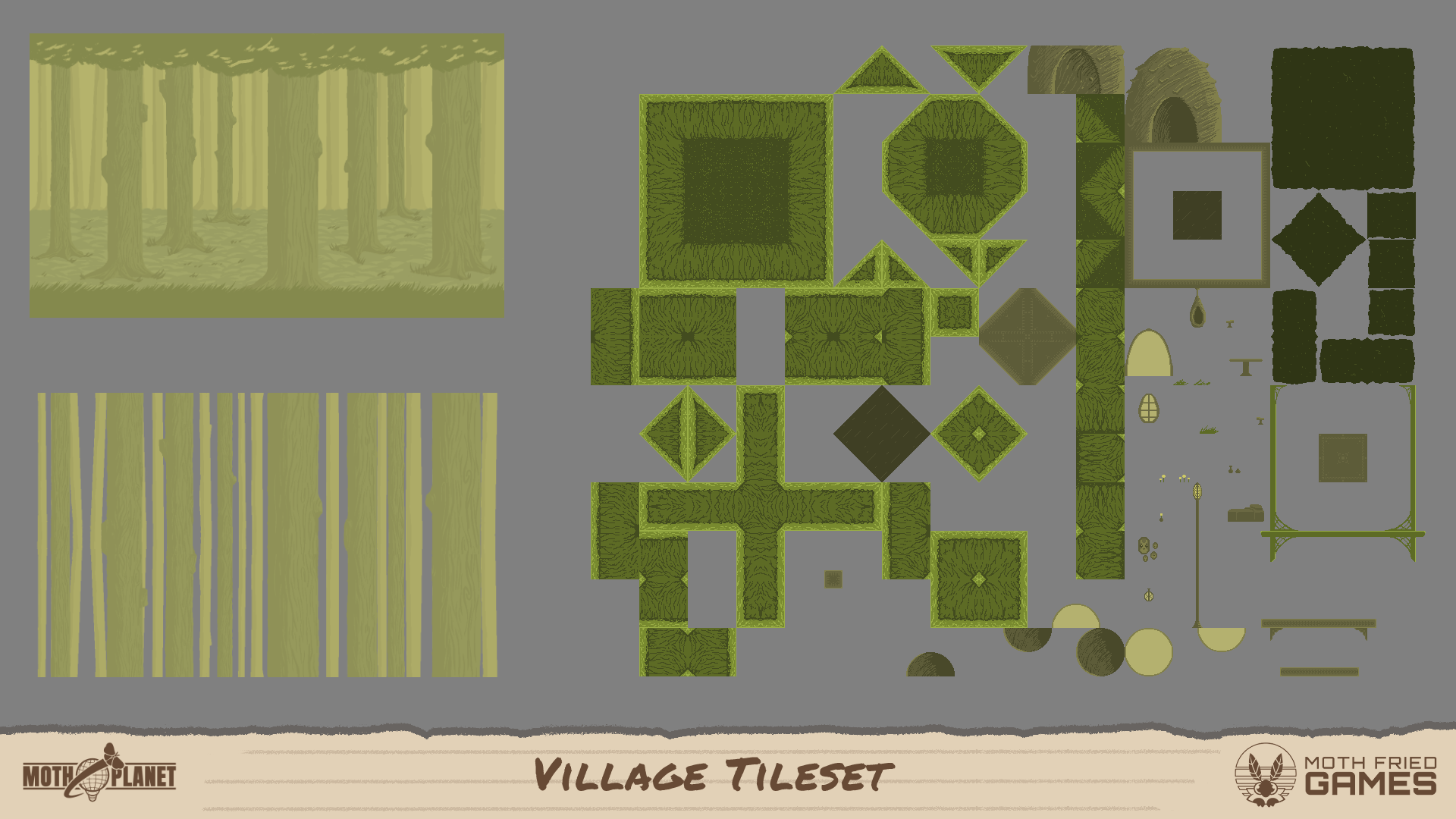
During this period, I spent the first month or so finishing the remaining tiles for the other biomes, as well as other enemy sprites, like the "Infected Moths". Work was slow, as it was an uphill curve to figure out how we wanted the player experience to be, and what would be the best way to let them hop around. This was also around the time Lobba left active development to work on her thesis and association responsibilities.
One of the biggest feedbacks we got with the Pre-Alpha was the need of a map, so me and Myr worked on how it would look and show to players. At this point I made a few assets that would be used by the map's user interface, such as the legend icons, arrows, counters, and more. Some of these icons were made much later, such as the portal indicators.
MYR: With the Pre-Alpha done and gone, we had so much feedback, and being able to better navigate the world with a map was among the most common ones. There was a lot of bugs too, the Pre-Alpha was made as quickly as possible to be able to show it at BIG Festival, so speed over quality was prioritized in crafting solutions so my fellow devs could produce rooms as quickly as possible.
Among some of the worst bugs we had, Moth Planet Pre-Alpha was writing a config file EVERY FRAME and adjusting the Audio Buses for Music and Sound Effects EVERY FRAME. There was a lot of other funny things to fix, or stuff that completely escaped my hindsight in regards to input processing or object disposal. We found some Godot Engine bugs too that were fortunately fixed in updates that didn’t take too long to reach stable release.
And then Lobba asked me to add a map to the game, making me realize what a massive mistake I had made with some of my early choices in how the world was made, because making a Map representation was going to be hell with my knowledge of my tools at the time. The way the game world comes together is that all these rooms are assembled into a full game world like puzzle pieces, but I had failed to provide ways for myself to manipulate and extract information from each of these pieces such that we could make a 1:1 Map representation in the UI.
The request almost broke me as I tried to figure out what kind of smoke and mirrors I could use to give players some form of navigation.
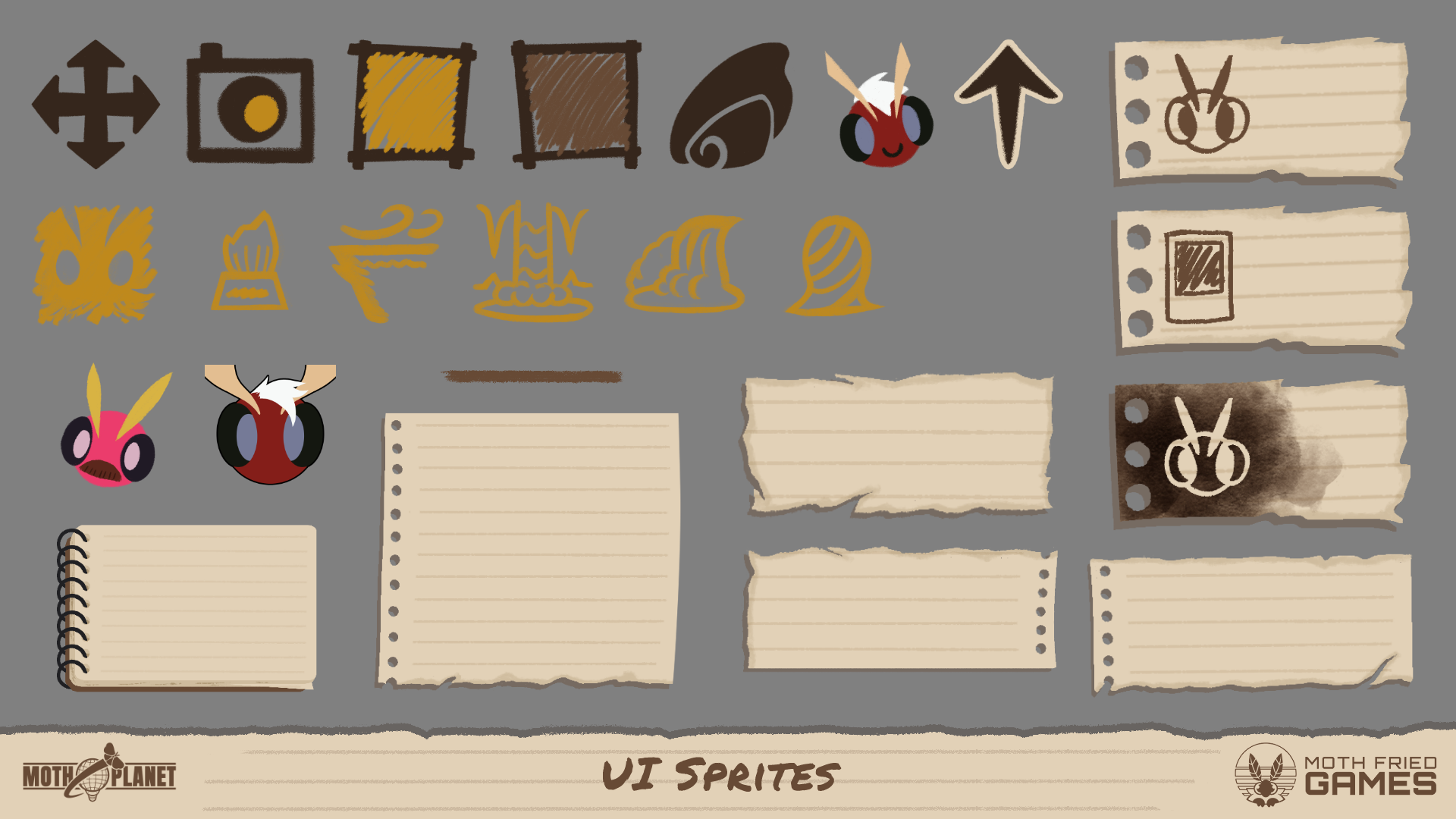
That day I went to bed thinking it would take about a month to figure this problem, then I woke up the next day with vivid memories of code and solutions I made during my dreams, and remembering a good chunk of the logic behind it, such that I had a prototype map ready the next day.
What I did is that I added an extra step to the room making process, where anyone making a room had to add an invisible representation of the room using color blocks that, on runtime, would be extracted from the rooms and reparented in the UI. Done, 1:1 representation of our game world in the UI.
Afterwards, it was just a matter of adding controls to move the map, adding some flags for rooms to tell the game if they were found, or if there were still interviews pending inside them, or, if they were not meant to be on the map because they were hidden or secret, among other things.
Other than the Map system, I focused on other things we’d need to continue development, giving priority to things that would be present on the Alpha. Things we’d need for the Village and Forest and the Tutorial, improving functionality for our basic stuff like: water; flows; movers; light orbs; npcs; the logic for activating stuff on a timer or in groups; ways to connect things between rooms with channel objects, so that inter-room operations were possible; logic functions for activating objects depending on the state of other objects or the state of the game; among many more. Our tools for making rooms were expanding, and the amount of time I had to fix them or improve them also increased.
ATLAS: During the Alpha's development, we started to take a better look at audio, searching far and wide for music and sound effects that could be used free of charge or that were on public domain. We were fond of the music we used in the pre-alpha, but we wanted to go for something a bit more deliberate and thought out.
Search was hard until Myr and Selene got us a huge music assets pack from Humble Bundle, and most of the music and sound effects came from that pack. Some of the sounds were used very creatively, such as an air turbine being the sfx for the trapper plants. The village music was special, as it was an offering by Myr's friend, CloudHop. We made a deal and used it as the village music for the vibes matched pretty well with what we had in mind, and he gave us a hand in making the sounds loop!
Selene was originally in charge of the Tutorial and Village, but after being finished with most of the art assets, we traded places. She went to work on the Gauntlet section, and I took over the game introduction. Some of the sections in the tutorial, like the wind tunnels and the dark maze were all her idea, I merely did a bit of cleanup and polish, same with the pachinko in the Village!
SELENE: I worked a lot on the village and expanded on the bit of tutorial that Myr had done before - that maze in the tutorial, for instance, or the bridge section - which used to be way longer, 2 screens long, with a shortcut a couple rooms down. My version of the tutorial focused on covering every move you could do and how to interact with most elements you could meet in the village, save from any hazard.
I came up with the cave behind the waterfall, it felt like a crime not to have that - and pushed to have 2 layers of exploration. I originally created the well room to be immense, 6 screens wide or more. I had houses, houses on bridges... I placed the pool and a manor, well, they were placeholders. I liked testing how fast I could go in what became the pipes of the pool, and I'm happy Atlas kept it.
I got stuck making the village for a bit until I traded with Atlas. My other job was starting to show spikes of activity at times. It's unfortunately not predictable... And very taxing at times. Atlas did a wonderful job turning upside down and beautifying everything I had done. The village and tutorial look nothing like I had left them to be and they are all the better for it. What I lack in aesthetic sense, they complement it immensely, while I'm not scared enough about putting complex mechanical elements in the game... Those who played the pre-alpha will remember the deafening pentacle that had a Selene moth in its middle!
The pachinko is one of the rooms of the village I had created that required quite a few spins. I spent a while on it, trying to come up with a good design, until I got the idea by watching a Mario Sunshine video, to split it in two parts. I continued from there and was able to finish the pachinko, making way too many references to Portal in it. Atlas came up with better tiles for the portals it used and we removed the aspect of exploration of portals that appeared out of nowhere. I then started my experiments on making a "lost woods" section... but that's a story for another part.

ATLAS: I reorganized the existing areas into a more or less linear experience, meant to present the player with basic traversal tools and where to use it, as well as explain how they should expect the game exploration to be handled, offering a "controlled" space for that. I also retooled the tutorial to serve a story purpose, with it being Robin on their way to Lycosina for the first time.
Story wise, we were figuring out what we wanted to tell, but it was still very vague, and everyone had a slightly different idea of what it was about. By then, I'd decided to write a "Lore Bible" so we could have a direction for the story, for the lore we wanted to reveal, and to generally guide what the NPCs across the game would be talking about. This document served as the basis of the story for the rest of development, with some rewrites towards the end.
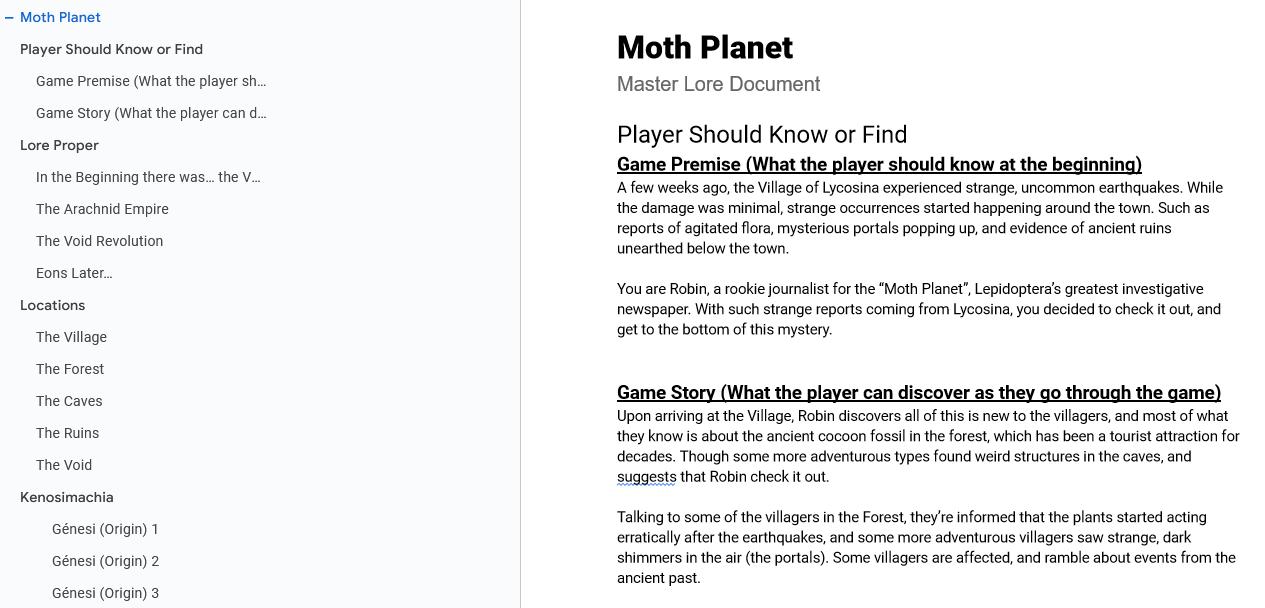
During the Village's design process, we came up with the idea of hiding portals to the final area, the Ruins, to hint at the endgame but also to serve as a soft fast travel, effectivelly interconnecting the entire game map. However, for the alpha, only one was set up, to keep testers excited for more!
It was also during this period that we started thinking about the "Landmarks", a concept that would eventually become the "Anomalies" in the final game. They'd serve as checkpoints, making sure the player explored enough to finish the game, but would also be part of the story, being manifestations of the strange happenings around Lycosina. They weren't finished until we got to Beta though, but the idea was there, and a proto-village well was already in the build.
When it comes to the Gauntlet, we decided to play with the yet unseen mechanics. Forest focused on portal testing and puzzles, as well as polishing the enemies we had made. Meanwhile while caves was focused on the new enemies, the Infected moths, the mushrooms, and the idea of falling rocks as hazards. All of these would make their way into the final game, though slightly reworked. The mushroom clouds gave us some trouble, as we had to make the range of damage feel fair and readable by the players.

For the final area, the Ruins, we decided early on that it'd be damaged and being disintegrated into the Void tileset. And because the original castle tiles were a major source of frustration for me, I decided to redesign the whole thing alongside the Void tiles and the Transitional tiles - tiles that would be used to mark biome transitions. Some of the variations on the transitional tiles were made later in development, when we were building the Ruins.
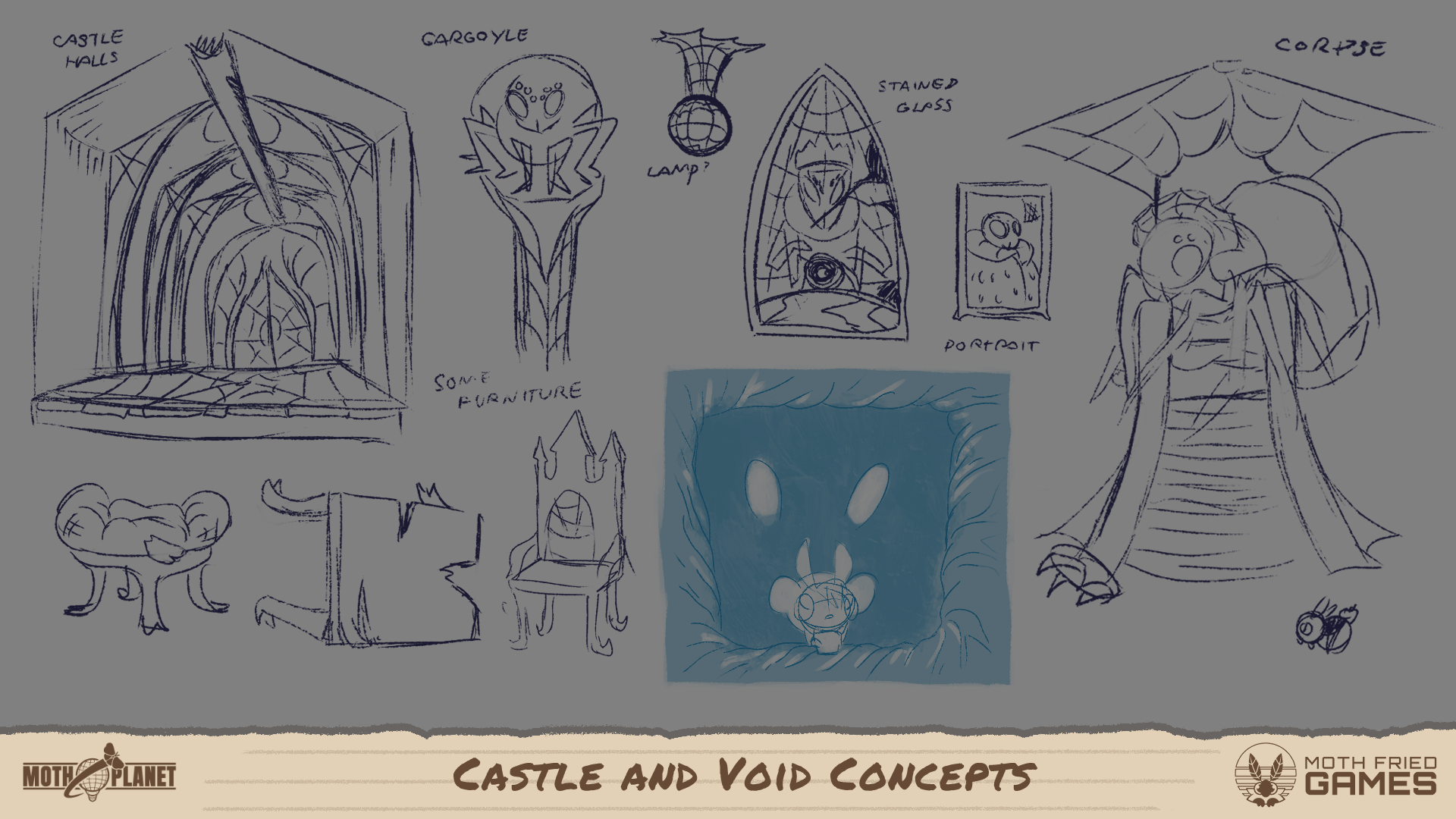
MYR: Given we wanted to give players a taste of things to come in the full game, I also worked on some of the entities that would function as hazards on Caves and Ruins for the ‘Gauntlet’ at the end of the Alpha: Shrooms and Zombie Moths.
Fire Orbs were already part of the game since the Pre-Alpha, so for the Ruins we worked on Retracting Spikes, with the Shrooms, originally we intended or them to randomly shoot spore projectiles like a water sprinkler of sorts, but we found it too random and unfair, so we ended up going for making it a hazard that expands and shrinks in an area depending on your proximity.
Later on we decided to make them function on a timer since players were usually too fast to actually be bothered by shrooms activating when they got too close, even with Shrooms activating in chains. the Zombie Moths were fun to develop, the idea being they’d be more aggressive and scary than Stalker Plants, since they could actually see you, unable to fly, but quick on their feet. They’d approach quickly while deploying a toxic spore area just like the static Shrooms, they ended up being the second most complex object I made for the game in terms of behaviour and function, next to Void Orbs.
A design choice we made later in, is to make cave and ruins much more narrow in shapes than Village and Forest, mainly, to make it so some of the hazards were more effective against Robin's absurd speeds, specially the retractible spikes, it made sense for the Ruins to be very tight and narrow, it is were spiders live, they don't fly, they like dark tight spaces, so Robin would have to navigate spaces with those shapes in mind, followed by adding spider webs that could slow down robin and make certain elements in the Ruins more lethal and effective than they would be otherwise.
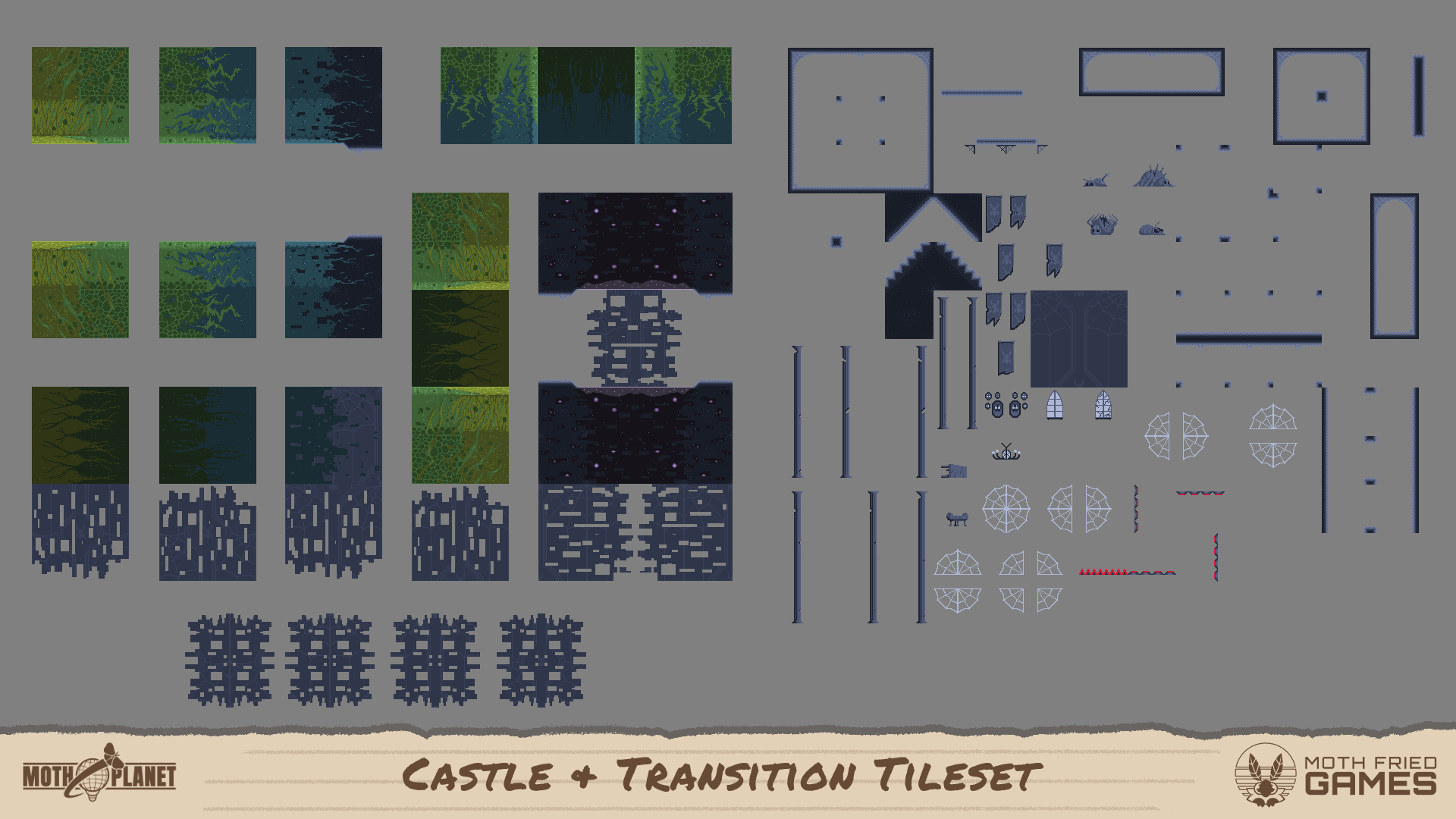
ATLAS: With the Gauntlet finished, we went ahead and released the Alpha to the world! Again, we got very good feedback, especially regarding the gauntlet, which really helped tune the hazards for the final game.
However, we couldn't do feedback forever, we NEEDED to get the game out, even if it was not perfect. We decided to start work on the Beta with the goal of finishing the mechanics, and let it be our final pass for feedback.
Get Moth Planet
Moth Planet
Interview moths in this bouncy platformer!
| Status | Released |
| Authors | Moth Fried Games, Myr the Moth, Atlas, Selene Ellinoth, LobbaMattos |
| Genre | Platformer, Adventure |
| Tags | Exploration, Metroidvania, Singleplayer |
| Languages | English, Spanish; Latin America, French, Portuguese (Brazil) |
More posts
- v2.0.1Sep 04, 2025
- v2.0.0Aug 29, 2025
- v1.1.6Nov 07, 2024
- v1.1.4Sep 30, 2024
- v1.1.3Sep 14, 2024
- v1.1.2Aug 20, 2024
- v1.1.1Aug 19, 2024
- v1.1.0Aug 17, 2024
- Moth Planet Postmortem (Part 5 - Demo and Release)Aug 16, 2024
- Moth Planet Postmortem (Part 4 - Beta)Aug 14, 2024
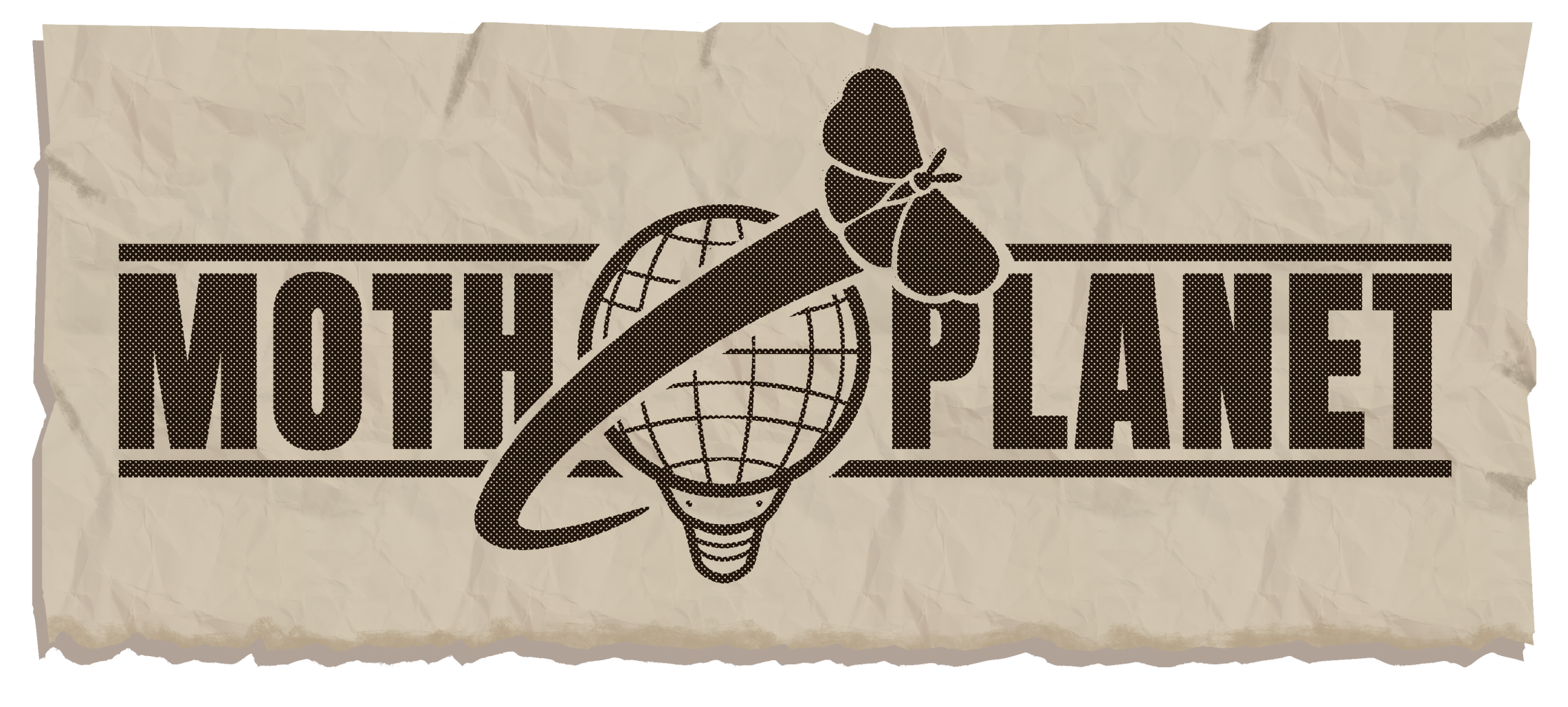
Leave a comment
Log in with itch.io to leave a comment.